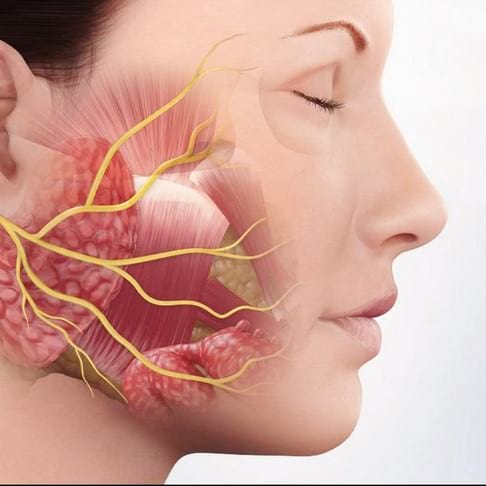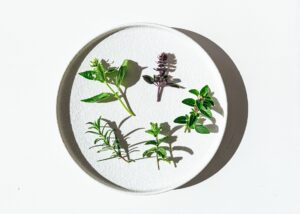Saliva is one of the oldest and most powerful remedies. Injured or wounded animals instinctively lick the painful area. People, too, immediately stick their fingers in their mouths after slapping their thumbs or cutting their fingers and covering it with saliva.
The saliva of dogs has a disinfectant effect. When a dog licks a wound, it heals faster. In ancient China, saliva was widely used for healing and life extension, especially by the Taoists. Some texts instruct you to swallow your own saliva in order to accelerate physical healing. Saliva, along with other liquids and essences, was used by the Chinese as a potent cure for sexual disorders, and was considered the golden elixir for extending life and expanding consciousness.
In the Bible, Jesus also used a traditional healing method when he used his own saliva for healing. Once he took a deaf man aside and put his finger on his ear, then put saliva on his finger and touched the man’s tongue with it (Mark 7:33). At another time he spat on the ground, mixed clay with saliva, and rubbed it on the eyes of a blind man (John 9: 1-7). After washing in a pond, the man could see.
How much belief in the healing power of Jesus – with a placebo effect – is involved remains open.
Saliva makes food easier to swallow. It protects the teeth and fends off bacteria. The salivary glands of a healthy adult produce up to two liters of saliva per day. That is approx. 10 liters of saliva per week, approx. 547 liters of saliva in a year and approx. 45,000 liters of saliva in a human lifetime.
We will soon see how important these well-functioning salivary glands are – if they fail, it becomes uncomfortable.
In the mouth, saliva is made up of the small salivary glands in the lining of the mouth and the large salivary glands
- Parotid gland (parotid gland)
- Glandula submandibularis (lower jaw gland)
- Glandula sublingualis (sublingual gland)
educated. Depending on the secreting gland, the saliva formed there is more watery and thin “serous” or more slimy and viscous “mucous”. A mixture of these different types of saliva is found in the oral cavity.
What is saliva anyway
Saliva consists of about 99.5% water and contains about 0.5% dissolved components.
Mucins (glycoproteins), various proteins and a (diastatic ferment), the α-amylase ptyalin. Among the proteins, a strong analgesic opiorphin has been demonstrated, which is six times more effective than morphine.
With resting secretion, most people now have a pH value of 6.5 and 6.9 (i.e. slightly acidic and therefore not the healthy environment in the mouth), after stimulation it rises to around 7.0 to 7.2. In healthy people, the salivary pH value is always 7.0 to 7.2. If other values are on the Internet, it is manipulation to suggest to people – it is normal that your saliva is slightly acidic. That’s true – of course – but not for the healthy! (Just like the manipulation via the *protective acid mantle* of the skin. That’s true – of course – but not for the healthy!)
Condition is – Chew well – and salivating the food so that the digestive enzymes and salivary juices are activated.
Around 100 million bacteria live in every milliliter of human spit. Around 600 species have been identified so far.
In the USA, researchers are working flat out on using certain messenger molecules – so-called messenger RNA, which convert the information from the genes into proteins – to identify oral or breast cancer using saliva samples. Early detection and aftercare could thus be simplified. To this end, a huge “spit database” is currently being built in the USA with 10 million dollar support (7 million euros) from the National Institutes of Health, in which all salivary proteins are to be cataloged.
Sweet delicacies contain large amounts of simple sugars (monosaccharides). The whole organism suffers from this. Types of sugar such as table sugar, fructose, cane sugar and glucose are found in almost all sweets. These sugars are among the low molecular weight, i.e. simple carbohydrates – which are always strongly acid-forming on the balance sheet.
The spit stays away
This idiom developed from actual processes in the body. Two types of saliva are stimulated before and during eating. The secretion of the watery saliva is mediated by the parasympathetic nervous system, that of the viscous, enzyme-rich saliva by the sympathetic nervous system. Both are stimulated before and while you eat. Fright leads to sympathetic arousal. Sympathetic nerve excitation alone leads to the contraction of the blood vessels in the salivary gland, which interrupts the flow of saliva.
The fact is – that nowadays more and more people lack spit:
Around a quarter of all people, and the trend is rising, suffers at least from time to time from dry mouth, which is triggered by the wrong diet (acidosis), taking medication, diabetes or radiation. Here it is important to chew with sugar-free chewing gum (xylitol) or liquorice to get the saliva flowing again.
Important: If we chew our food well, this healing saliva can heal even more effectively.
More on this in a new post: Well chewed is half digested.







